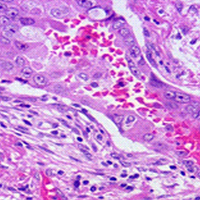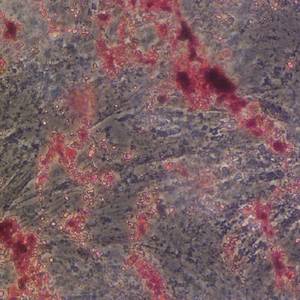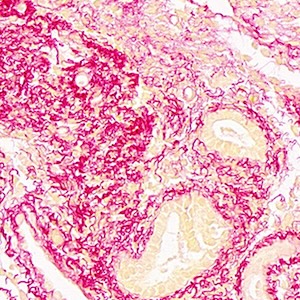Swertianolin ameliorates immune dysfunction in sepsis via blocking the immunosuppressive function of myeloid-derived suppressor cells

Submitted: 21 June 2021
Accepted: 26 July 2021
Published: 1 September 2021
Accepted: 26 July 2021
Abstract Views: 998
PDF: 683
HTML: 20
HTML: 20
Publisher's note
All claims expressed in this article are solely those of the authors and do not necessarily represent those of their affiliated organizations, or those of the publisher, the editors and the reviewers. Any product that may be evaluated in this article or claim that may be made by its manufacturer is not guaranteed or endorsed by the publisher.
All claims expressed in this article are solely those of the authors and do not necessarily represent those of their affiliated organizations, or those of the publisher, the editors and the reviewers. Any product that may be evaluated in this article or claim that may be made by its manufacturer is not guaranteed or endorsed by the publisher.
Similar Articles
- Claudia Frick, Hanna Luisa Martin, Johanna Bruder, Kerstin Lang, Heinz Breer, Topographic distribution pattern of morphologically different G cells in the murine antral mucosa , European Journal of Histochemistry: Vol. 61 No. 3 (2017)
- Tadashi Yasui, Kenya Miyata, Chie Nakatsuka, Azuma Tsukise, Hiroshi Gomi, Morphological and histochemical characterization of the secretory epithelium in the canine lacrimal gland , European Journal of Histochemistry: Vol. 65 No. 4 (2021)
- A. Porzionato, M. Rucinski, V. Macchi, G. Sarasin, L.K. Malendowicz, R. De Caro, ECRG4 expression in normal rat tissues: expression study and literature review , European Journal of Histochemistry: Vol. 59 No. 2 (2015)
- F. Merigo, F. Boschi, C. Lasconi, D. Benati, A. Sbarbati, Molecules implicated in glucose homeostasis are differentially expressed in the trachea of lean and obese Zucker rats , European Journal of Histochemistry: Vol. 60 No. 1 (2016)
- H.S. Lee, J.H. Chang, S.K. Ku, An immunohistochemical study of the pancreatic endocrine cells of the Korean golden frog, Rana plancyi chosenica , European Journal of Histochemistry: Vol. 56 No. 1 (2012)
- S. Huang, S. Guo, F. Guo, Q. Yang, X. Xiao, M. Murata, S. Ohnishi, S. Kawanishi, N. Ma, CD44v6 expression in human skin keratinocytes as a possible mechanism for carcinogenesis associated with chronic arsenic exposure , European Journal of Histochemistry: Vol. 57 No. 1 (2013)
- R.J. BuÅ‚dak, M. Skonieczna, Å. BuÅ‚dak, N. Matysiak, Å. MielaÅ„czyk, G. Wyrobiec, M. Kukla, M. Michalski, K. Å»wirska-Korczala, Changes in subcellular localization of visfatin in human colorectal HCT-116 carcinoma cell line after cytochalasin B treatment , European Journal of Histochemistry: Vol. 58 No. 3 (2014)
- Wenjing Liu, Shanshan Ming, Xiaobing Zhao, Xin Zhu, Yuxiang Gong, Developmental expression of high-mobility group box 1 (HMGB1) in the mouse cochlea , European Journal of Histochemistry: Vol. 67 No. 3 (2023)
- Y. Kaneko, N. Onda, Y. Watanabe, M. Shibutani, Identification of 5-hydroxytryptamine-producing cells by detection of fluorescence in paraffin-embedded tissue sections , European Journal of Histochemistry: Vol. 60 No. 3 (2016)
- Zhongzhu Tang, Lei Wang, Yunwang Chen, Xiaomin Zheng, Runyu Wang, Bingxue Liu, Shiqi Zhang, Huimin Wang, Quercetin reverses 5-fluorouracil resistance in colon cancer cells by modulating the NRF2/HO-1 pathway , European Journal of Histochemistry: Vol. 67 No. 3 (2023)
You may also start an advanced similarity search for this article.

 https://doi.org/10.4081/ejh.2021.3292
https://doi.org/10.4081/ejh.2021.3292
















